I'm thinking about the design of an AM receiver frontend that needs to select between three channels. The community suggested that I investigate manually wound loop antennas, and they seem like a nice choice.
AM loop antennas are designed for resonance at a tuned frequency within a range allowed by a variable cap. The loop is inductive, so at the tuned station the loop and the cap resonate.
For my application, a cap with a wide range is not a good idea. I'd prefer to have three individually tunable sections that can retain their tuning, to be switched digitally. A circuit diagram follows (limited by my poor tablet software):
The sections are tunable around 3.33, 7.85 and 14.67 MHz, respectively. In each of the three tuning sections, the first cap is variable and the second one is fixed. The trim caps are 3-10, 4.5-20, and 8-45 pF, respectively. Once the trim caps are tuned they shouldn't have to change (much), barring aging components, mechanical antenna distortion, etc.
The switches are digitally controlled RF switches. An SP3T switch or individual switches are possible.
Is this a reasonable approach? For the RF switches can I use a topology similar to a digital pass gate with parallel NPN and PNP RF transistors?

